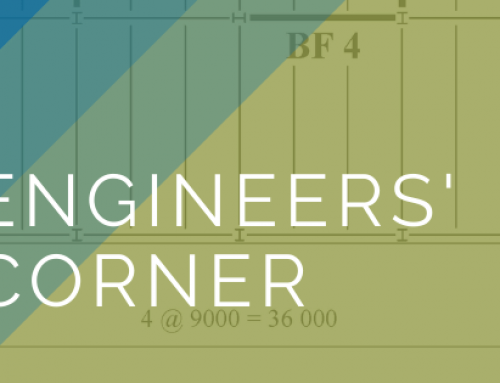Bolted connections, used in seismic‑force‑resisting systems (SFRS) for which the seismic design loads are based on a ductility‑related force modification factor, Rd, greater than 1.5, must satisfy Clause 27.1.6 of S16‑14 as well as other pertinent requirements that apply to bolted connections.
In accordance with Clause 27.1.6, these bolted connections shall:
(a) have pretensioned high‑strength bolts;
(b) when designed as bearing-type connections, have surfaces of Class A or better, or provide the equivalent slip resistance by increasing the number of bolts, bolt size, bolt strength, or any
combination thereof;
(c) not be considered to share load with welds;
(d) not have long slotted holes;
(e) not have short slotted holes unless the load is normal to the slot; and
(f) have end distances in the line of seismic force not less than two bolt diameters when the bearing force due to seismic load exceeds 75% of the bearing resistance (see Cl. 13.12.1.2).
Generally, bolted connections subjected to shear are either bearing‑type or slip‑critical. In a nutshell, a slip‑critical joint requires more bolts and the bolts must be pretensioned. Clause 27.1.6 introduced a unique type of bolted shear connection whose bolts are pretensioned, but the connections need not be designed as slip‑critical connections. They may be proportioned as bearing‑type provided the surfaces are Class A or better. Since uncoated structural steel having clean mill scale faying surfaces meets Class A surface requirements, no special surface preparation or coating is necessary. The provisions in Clause 27.1.6 ensure that friction plays a role in load transfer, while recognizing that premature slip into bearing is undesirable, but slip‑critical connections are unnecessary. In a recent Amendment to S16‑14, the intent of Clause 27.1.6 was elaborated. Specifically, when the contact surfaces of a bearing‑type joint receive a coating having a smaller slip coefficient than Class A, the slip resistance matching or exceeding the expected Class‑A slip resistance of this bearing‑type joint may be provided by increasing the number of bolts, bolt size, bolt strength, or any combination thereof.
Since NBCC 2015 stipulates deformation control at the ‘near‑collapse’ limit state only (1‑in‑2500 annual probability of exceedance), Clause 27.1.6 of S16‑14 provides an added benefit because it also serves to limit damages to steel buildings in relatively frequent seismic events.
The requirements of Clause 27.1.6 may be waived when fastener and connection details conform to those of a tested assembly. For example, beam‑to‑column moment connections in Ductile Moment Resisting Frames and Ductile Eccentrically Braced Frames that must qualify by means of physical tests are required to conform to the connection details and method of bolt installation used in the tested assembly instead.
The above mentioned requirements do not apply to Conventional Construction except for structures of Conventional Construction taller than 15 metres, where the specified short‑period spectral acceleration ratio, IEFaSa(0.2), is greater than or equal to 0.35.
Clause 27.1.6 does not apply to field‑welded connections where bolts are provided solely for erection purposes.






